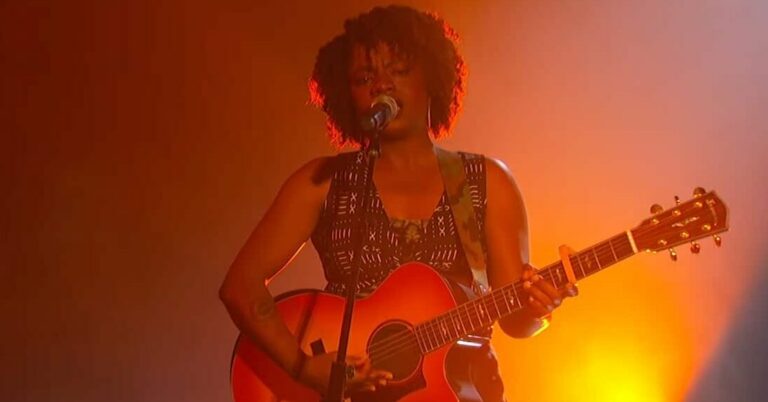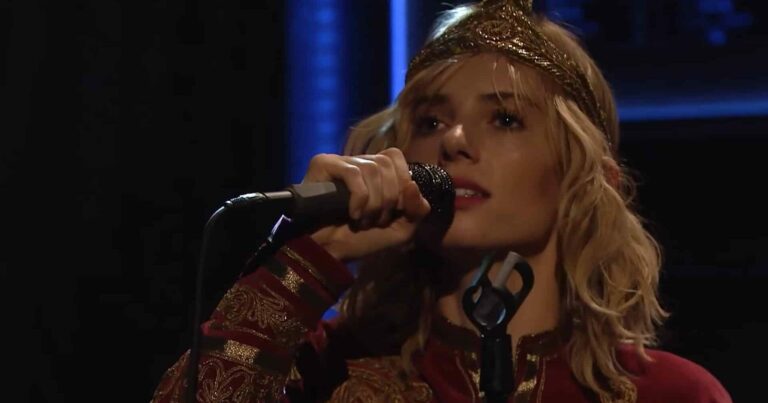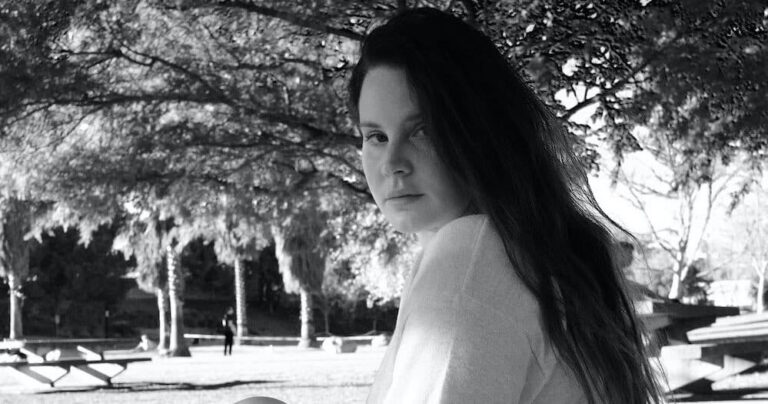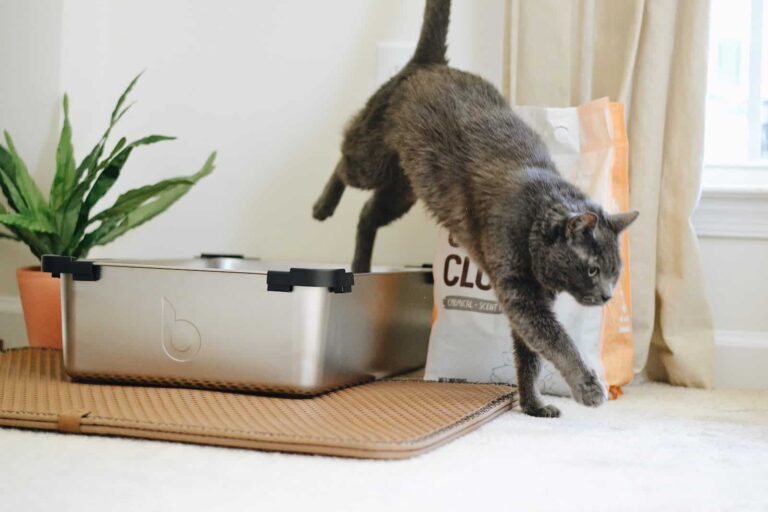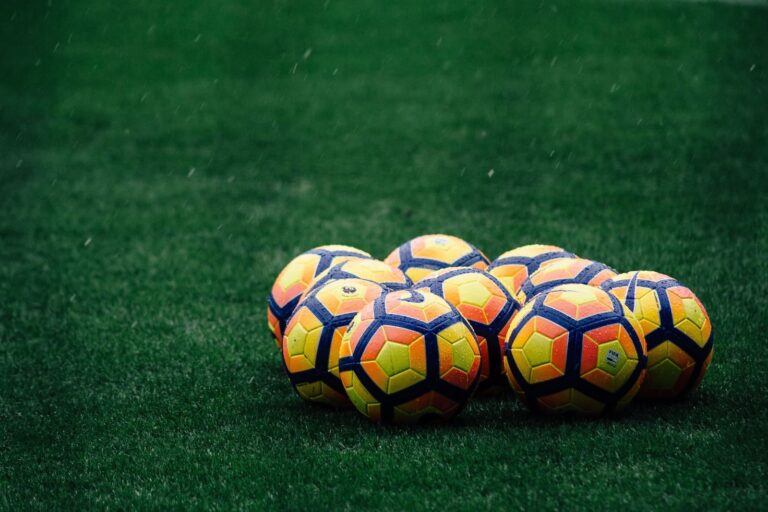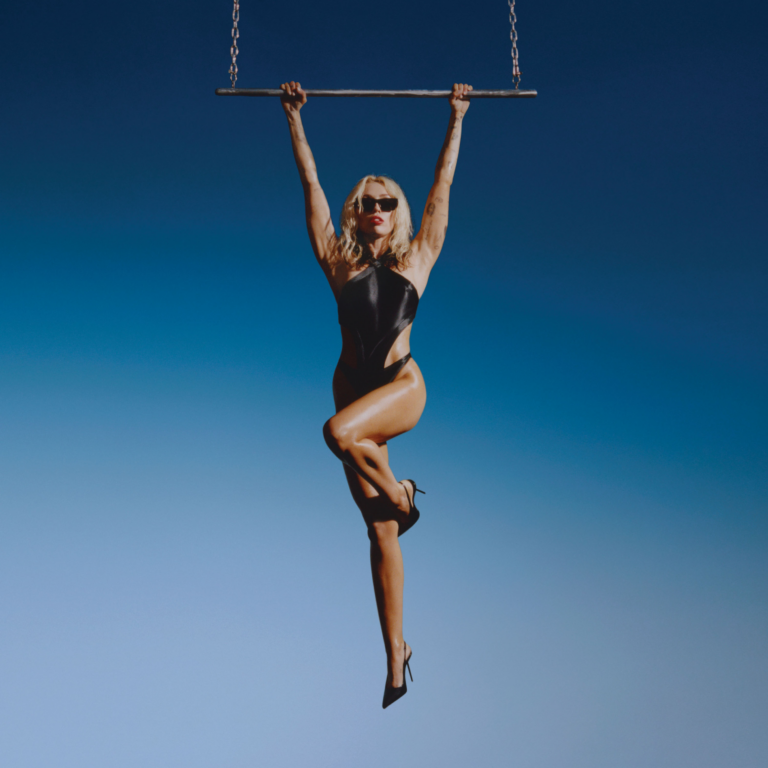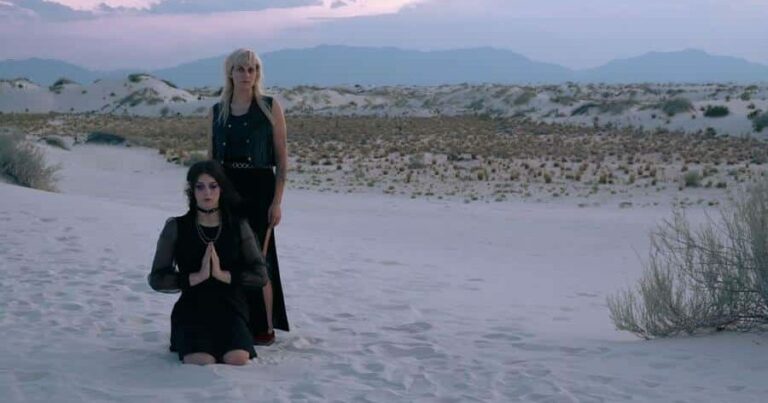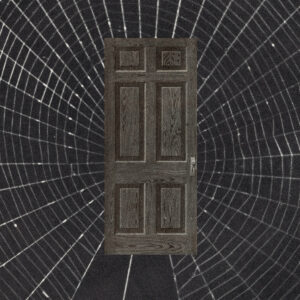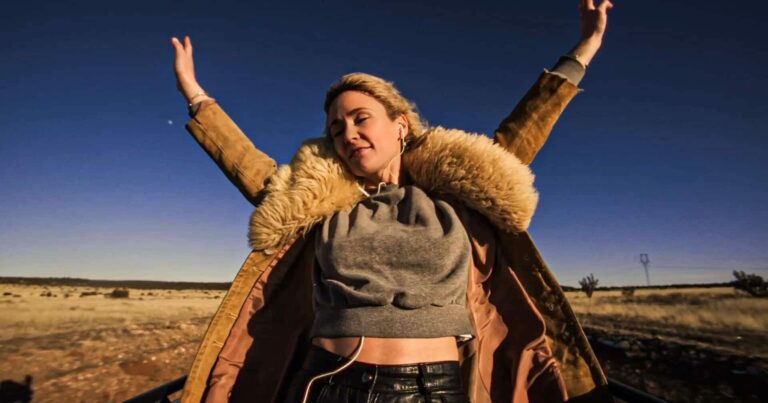If you’re a cat owner, you know how unpleasant litter box odor can be. It’s not just an inconvenience for you but can also make your guests uncomfortable. Fortunately, some clever hacks can help manage the scent and keep your home smelling fresh and clean.
In this blog post, we’ll share five of our favorite tricks to eliminate cat litter odor without breaking the bank or spending hours cleaning up. Get ready to say goodbye to those funky smells once and for all!
The Best Type of Cat Litter
Many types of cat litter are on the market such as clay clumping litter and it can be hard to decide which is best for your feline friend. However, there are a few things to consider when making your decision.
First, you’ll want to consider what material you want your cat’s litter to be made of. Clay is a popular option because it’s good at absorbing urine and feces, but some cats don’t like the feel of it. Alternatively, try a natural litter made from pine or cedar chips. These litters are biodegradable and absorb urine well but may not control odor or clay.
Second, you must decide how much you will spend on cat litter. Clay litters are usually the cheapest option, while natural litter can be more expensive. However, remember that cheaper litter may only last for a short time as more expensive ones.
Finally, consider whether you have any special needs regarding your cat’s litter. For example, if you have a kitten or an elderly cat, you may want to choose a waste with smaller grains so that they don’t have trouble using the restroom.
No matter which type of litter you choose, clean the box regularly and scoop out waste daily to help control odor.
How to Change Your Cat Litter
If you’ve ever dealt with a stinky cat litter box, you know how important it is to keep it clean and odor-free. You can do a few simple things to ensure your cat’s litter box stays fresh and smells great.
Here are a few tips for changing your cat litter:
- Use scoopable litter. Scoopable litter is easier to clean and helps control odors better than non-scoopable litter.
- Change the litter regularly. Depending on the size of your cat’s litter box, you’ll need to change the trash every one to two weeks. Be sure to scoop out the old litter before adding fresh litter.
- Add an odor control agent. Various products on the market help control smell in cat litter, such as crystals or powders that absorb odors. Try using baking soda or vinegar to help prevent odors naturally.
- Keep the litter box clean. In addition to scooping out waste regularly, give the entire package an excellent weekly cleaning with mild soap and water. This will help remove any built-up smells that may be causing odor problems.
The Right Way to Scoop Cat Litter
If you’ve ever scooped cat litter, you know that it can be a smelly task. The good news is that there are some things you can do to minimize the odor.
The first step is to ensure you’re using the correct type of litter. We recommend clay-based litter because it does a better job of absorbing odor than other types of litter.
Once you’ve chosen the correct type of litter, it’s essential to scoop it regularly. The more often you scoop, the less chance for odors to build up.
When you do scoop, be sure to dispose of the waste properly. An excellent way to do this is to seal it in a plastic bag before throwing it away.
Finally, keep your cat’s litter box clean. A dirty box can be a breeding ground for bacteria, which can cause bad smells. Clean the container at least once a week with soap and water.
What to Do If Your Cat Misses the Litter Box
If your cat misses the litter box, don’t panic. You can do a few things to clean up the mess and prevent it from happening again.
First, remove all of the soiled litter from the area. Then, thoroughly clean the area with hot water and soap. You may also want to use a disinfectant to kill any bacteria that may be present.
Once the area is clean, you’ll need to figure out why your cat missed the litter box in the first place. If something is wrong with the litter box, such as a dirty or cramped space, you’ll need to fix those issues. If your cat is sick or stressed, that may also be a factor. Talk to your veterinarian to rule out any medical problems.
Once you’ve determined the cause of the problem, take steps to prevent it from happening again. This may mean changing the type of litter you use, providing more litter boxes, or reducing stress in your cat’s environment.
Conclusion
Whether you’re a seasoned cat owner or a newbie, managing litter box odor is an ongoing challenge. Incorporating some of these clever hacks into your routine can make the process easier and more effective, ensuring a happier and healthier living environment for everyone in your household.
